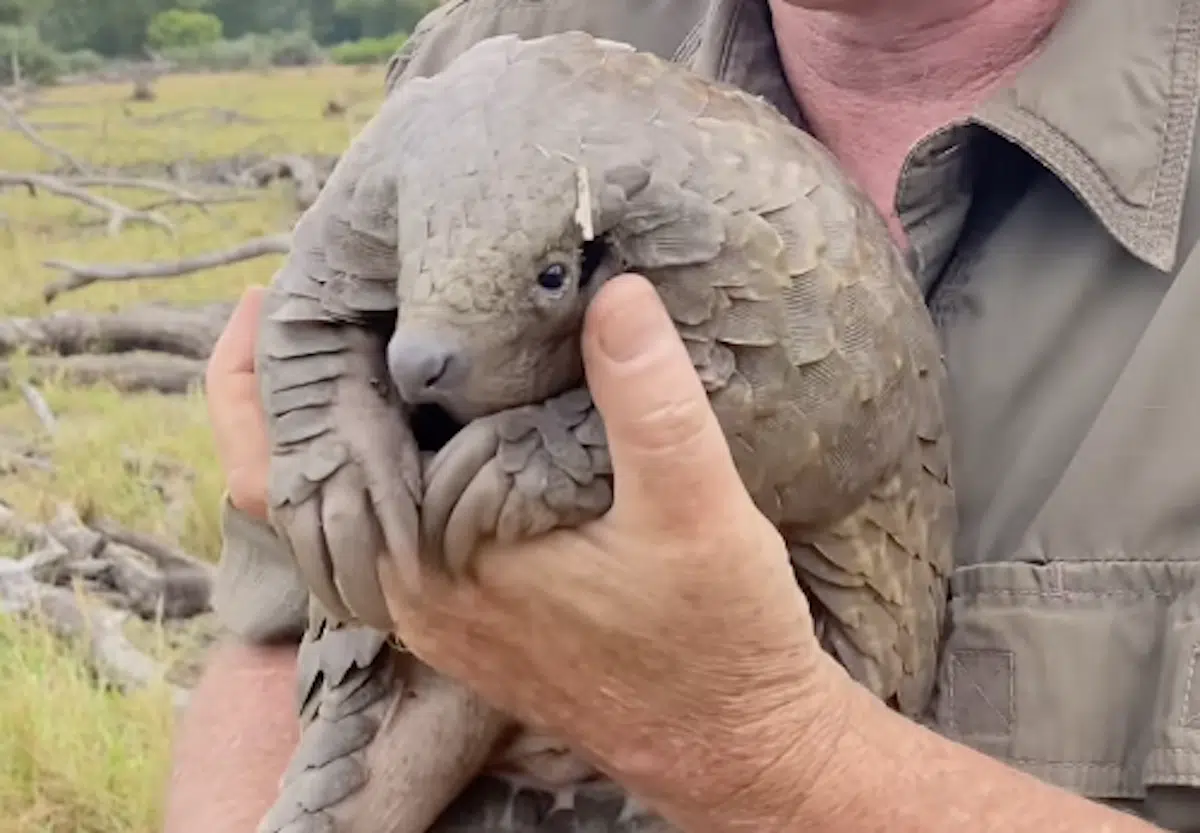In the heart of our planet’s forests and grasslands, a creature roams quietly, hidden from view but sought after by those who value it for all the wrong reasons. Pangolins, with their armor-like scales and gentle demeanor, are the most trafficked mammals in the world. This article delves into the plight of these unique creatures and the urgent need for their protection.
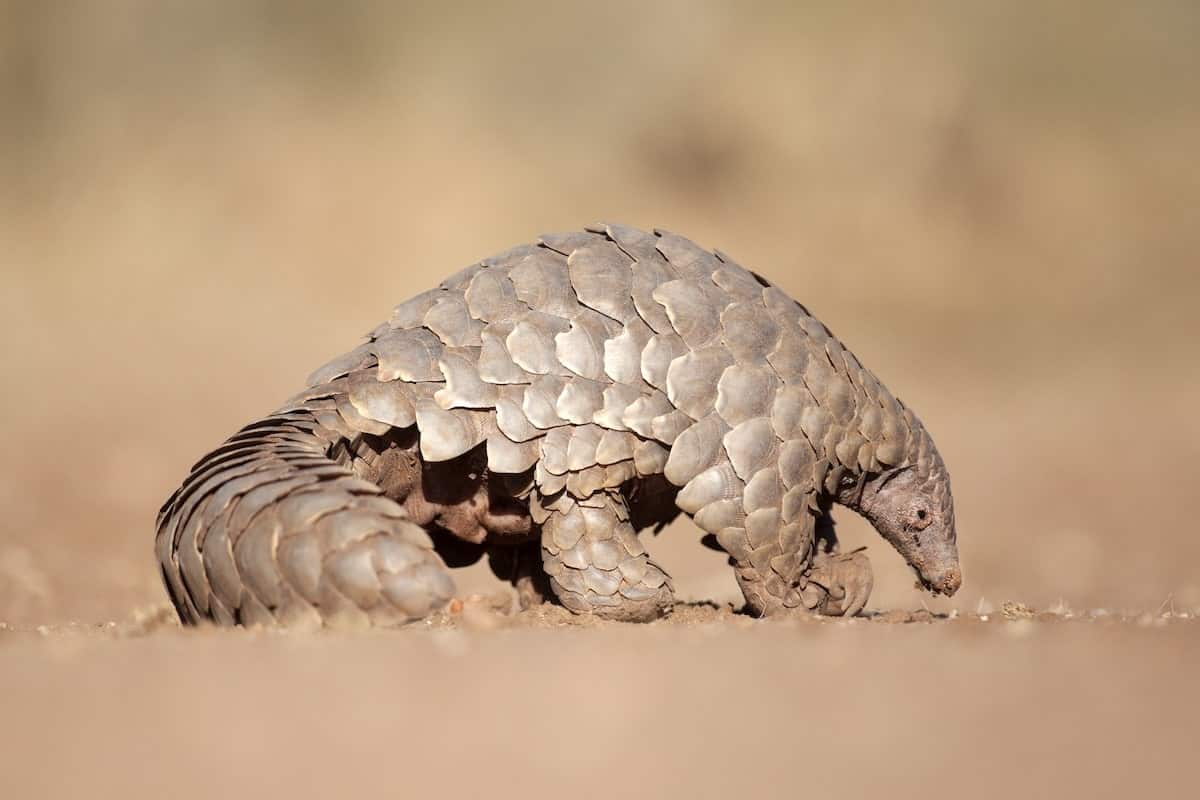
The Enigmatic Pangolin
Pangolins, often referred to as “scaly anteaters,” are unique mammals known for their protective keratin scales covering their bodies.
They use these scales as armor against predators, rolling into a ball when threatened.
With their long tongues, they feast on ants and termites, playing a vital role in ecosystem balance.
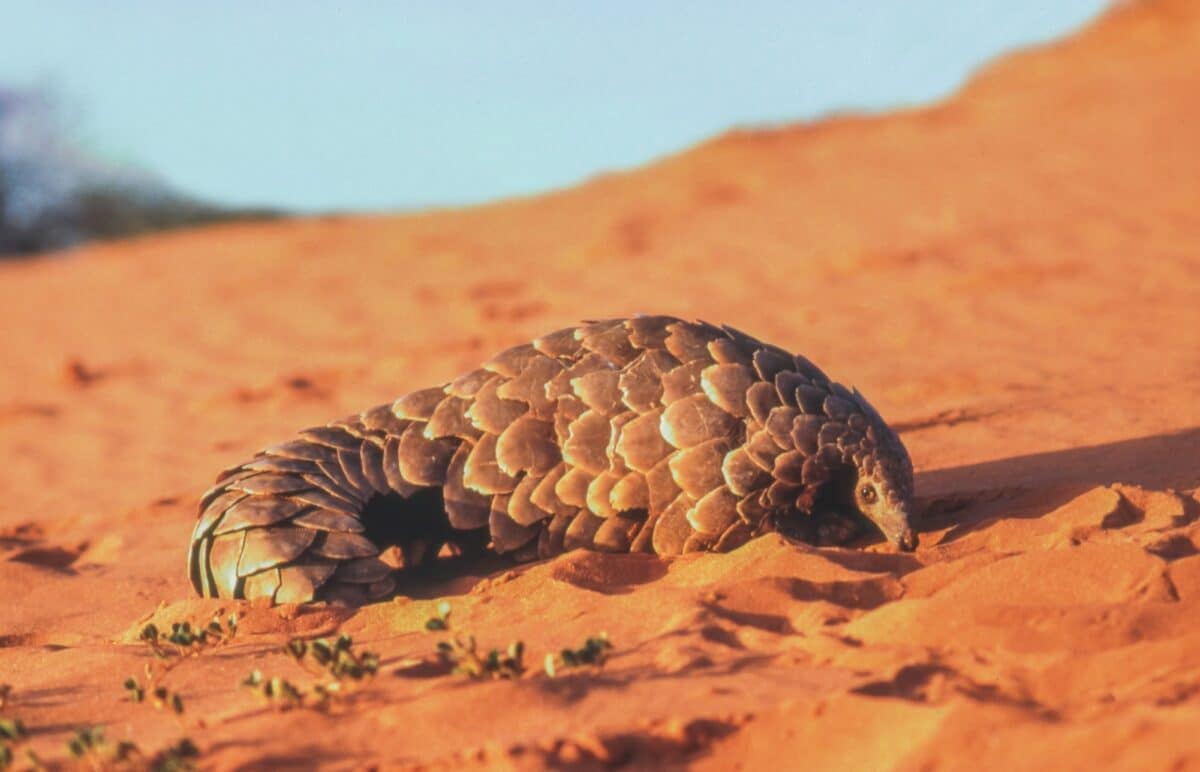
The Illegal Trade Epidemic
Despite their innocuous nature, pangolins face a dire threat from illegal wildlife trade.
Poachers target them for their scales, which are falsely believed to possess medicinal properties in traditional Asian medicine.
The demand for pangolin meat as a delicacy further exacerbates their exploitation.
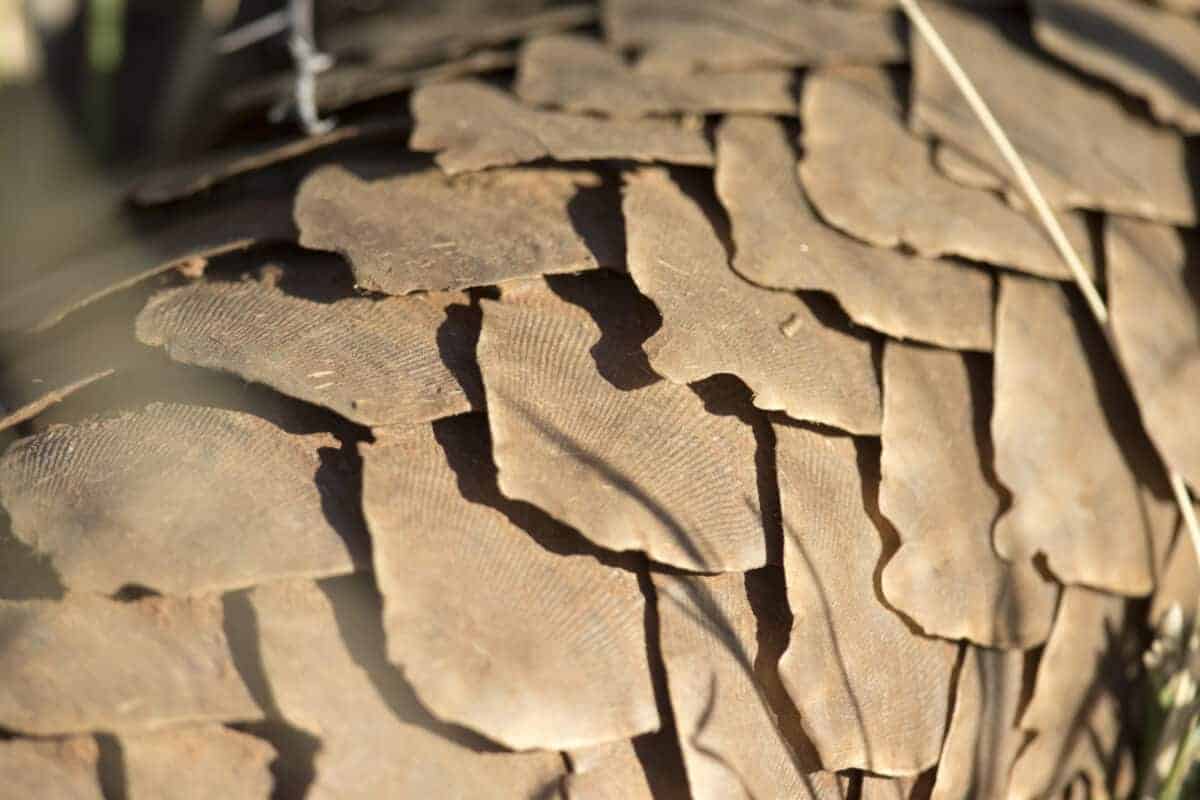
The Tragic Consequences
The consequences of pangolin trafficking are devastating.
Thousands of pangolins are poached from their habitats each year, leading to population declines across all eight species.
Their disappearance disrupts ecosystems, affecting insect populations and soil health, with ripple effects on entire ecosystems.
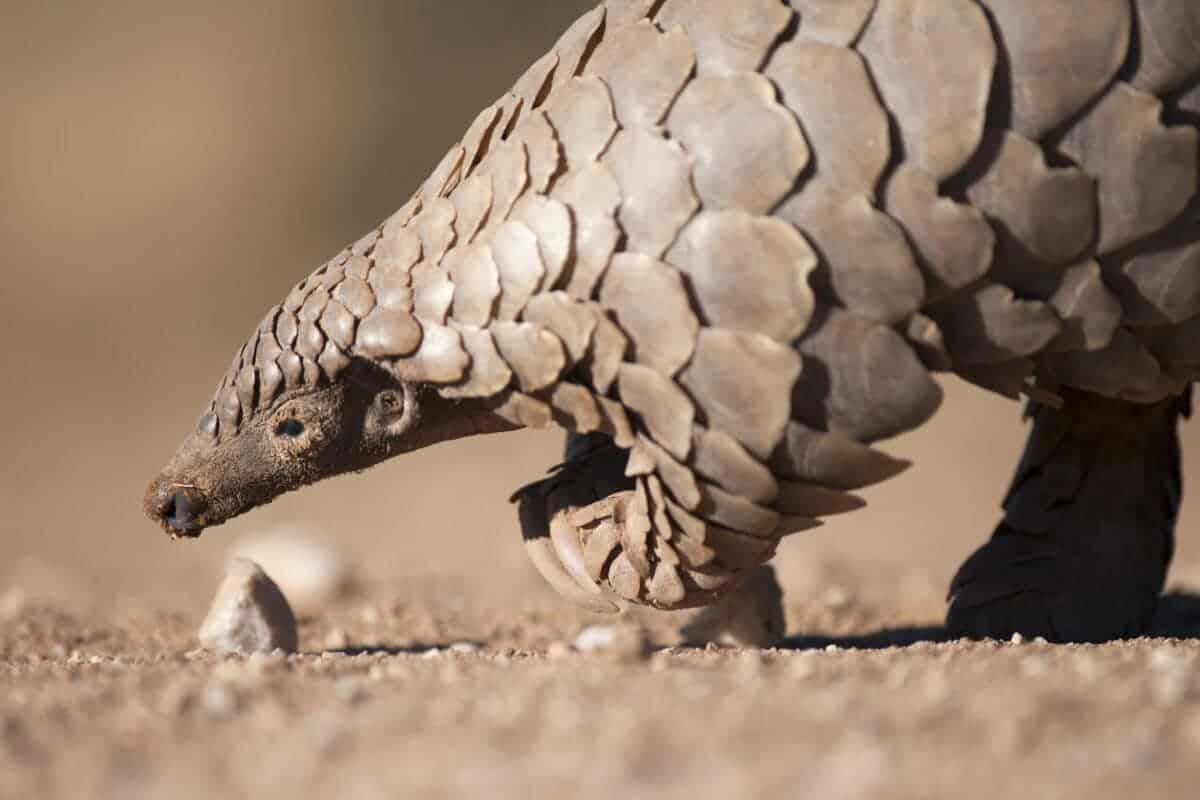
Global Efforts and Challenges
Efforts to curb pangolin trafficking involve international collaborations, stricter law enforcement, and raising awareness about the pangolin’s plight.
However, challenges persist, including limited resources for conservation, corruption facilitating illegal trade networks, and the persistent demand fueled by myths and cultural beliefs.
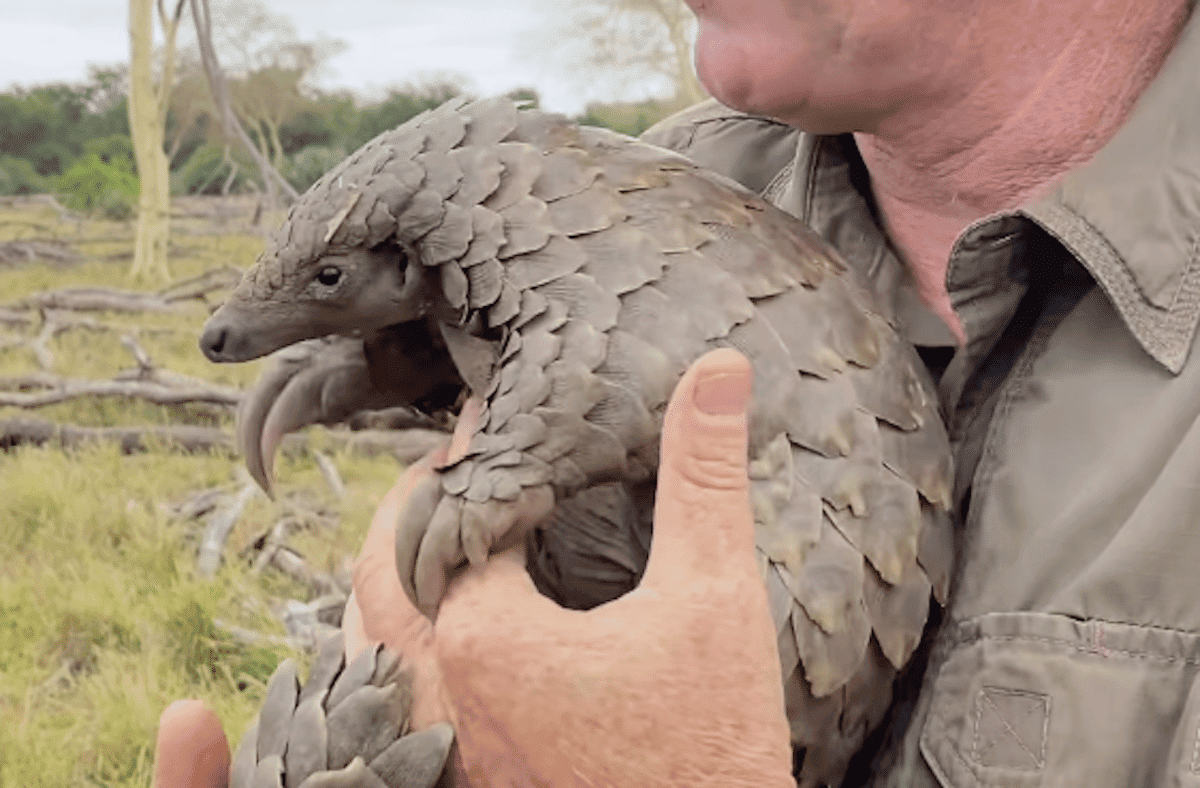
Hope for Pangolins
Despite the challenges, there is hope for pangolins.
Conservation organizations, governments, and activists are working tirelessly to protect pangolin populations through initiatives like habitat preservation, rescue and rehabilitation centers, and educational campaigns to debunk myths surrounding their use in traditional medicine.
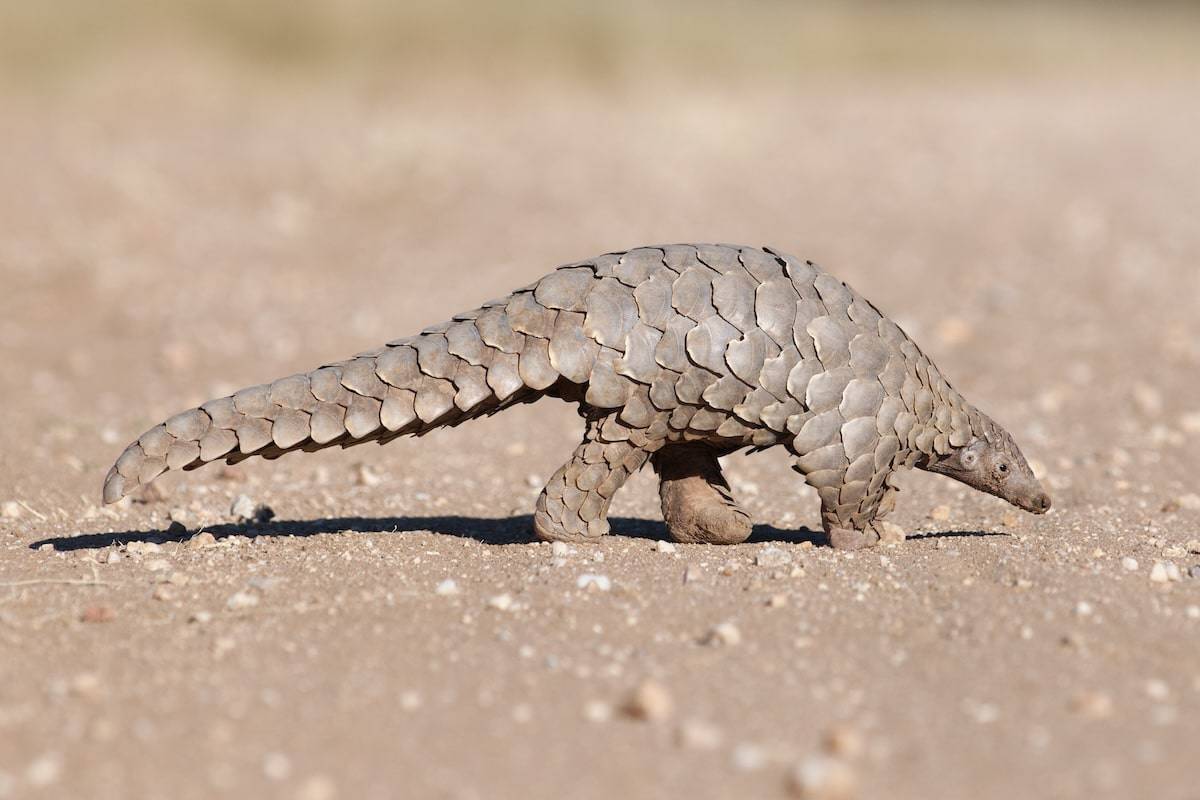
The Pangolin: Conclusion
As we watch the heartwarming video of pangolins released back into the wild, we’re reminded of the resilience of these creatures and the importance of collective action in their conservation.
Let us pledge to be stewards of these gentle giants, ensuring a future where pangolins thrive in their natural habitats, free from the threat of trafficking and exploitation.
To read more stories like this, check out the articles below:
- From Ant Hunt to Retreat: The Pangolin’s Struggle
- A New Pangolin Species Discovery Renews Hope
- An Illegal Pangolin-Dealer Caught In the Act
Join our Forum for free today!

- Watch As Seven Bears Scale a Single Tree - July 23, 2024
- Incredible Bond: Cute Dog and Jolly Dolphin Form Unlikely Friendship - July 23, 2024
- Brown Bear Approaches And Wiggles His Foot - July 22, 2024

